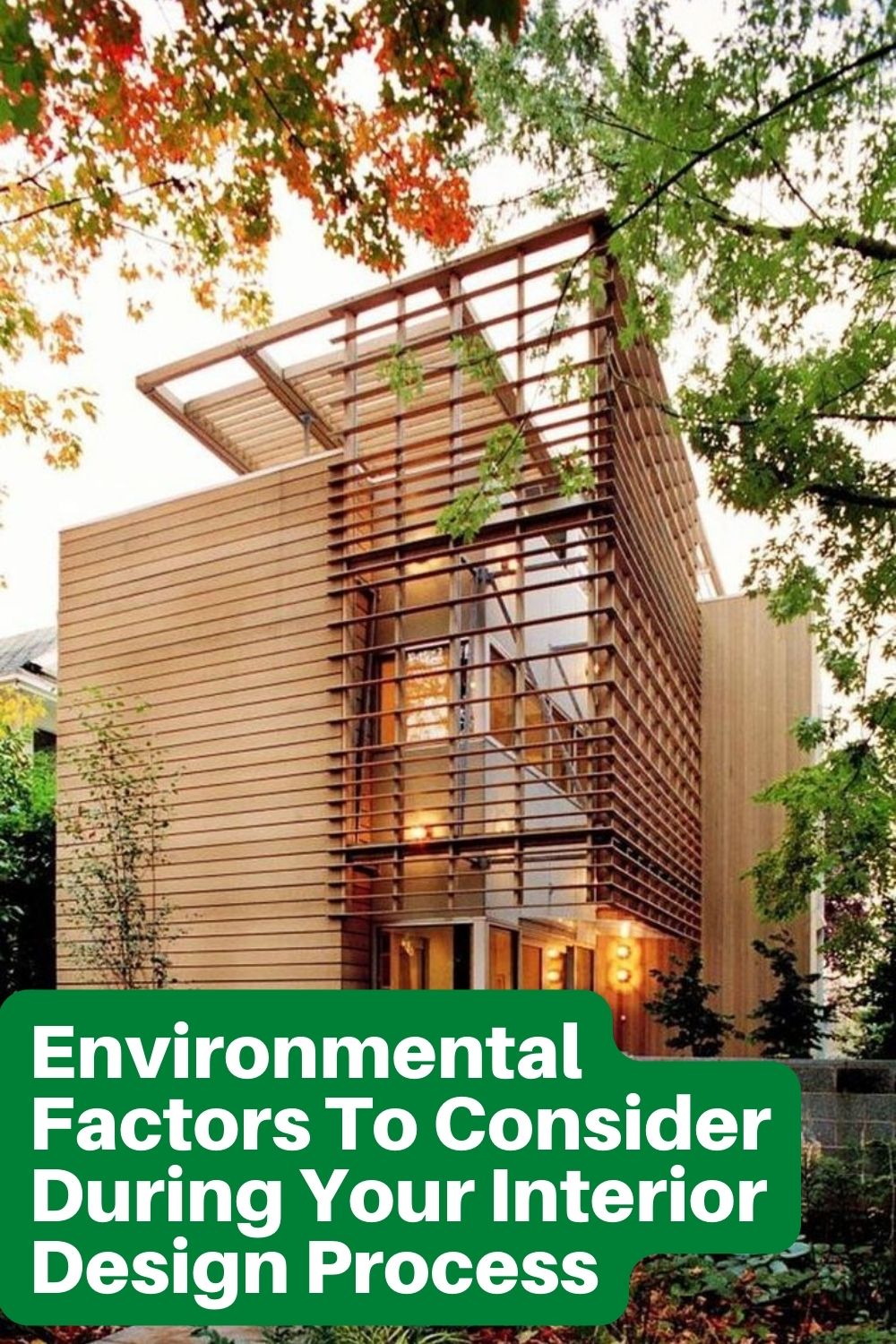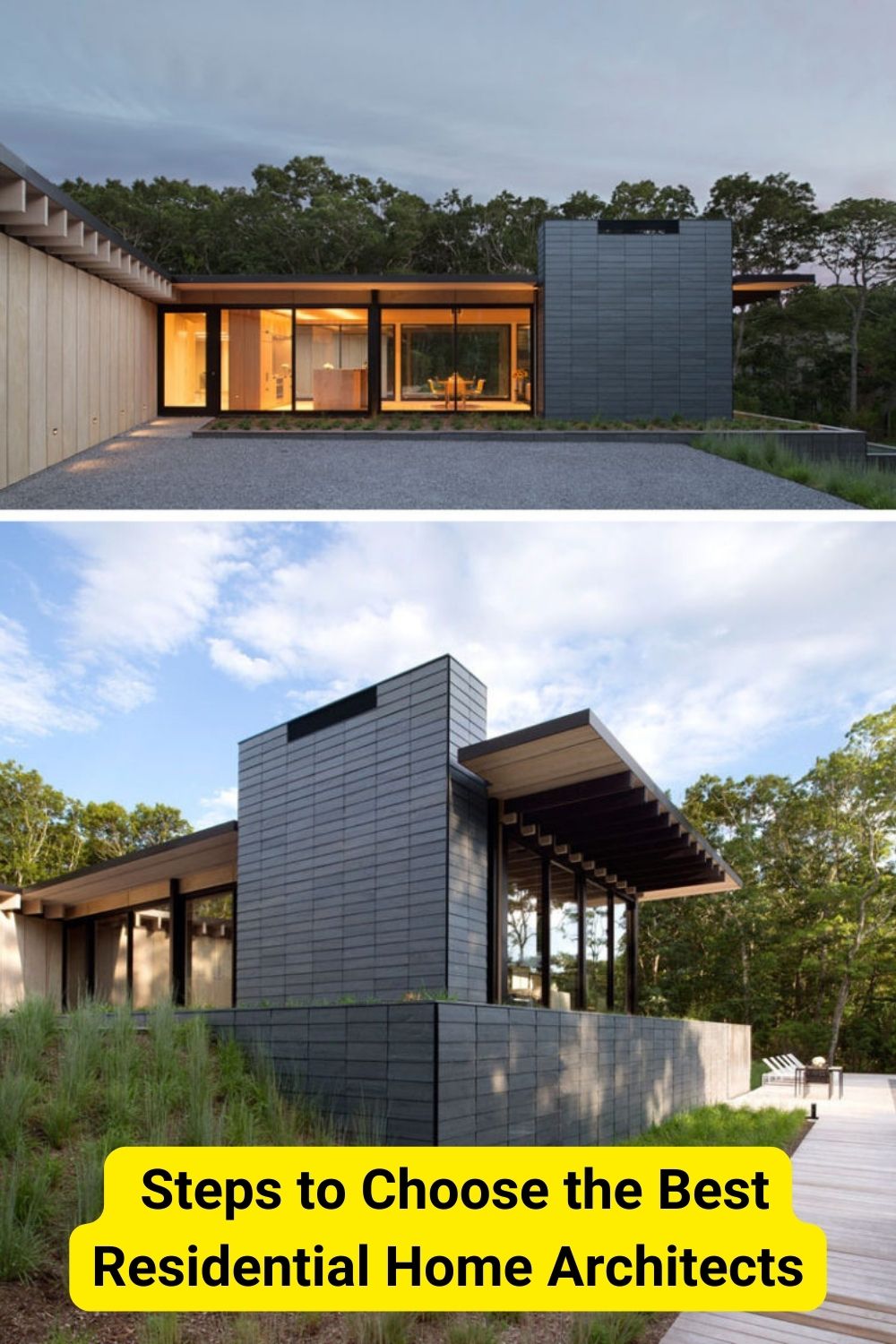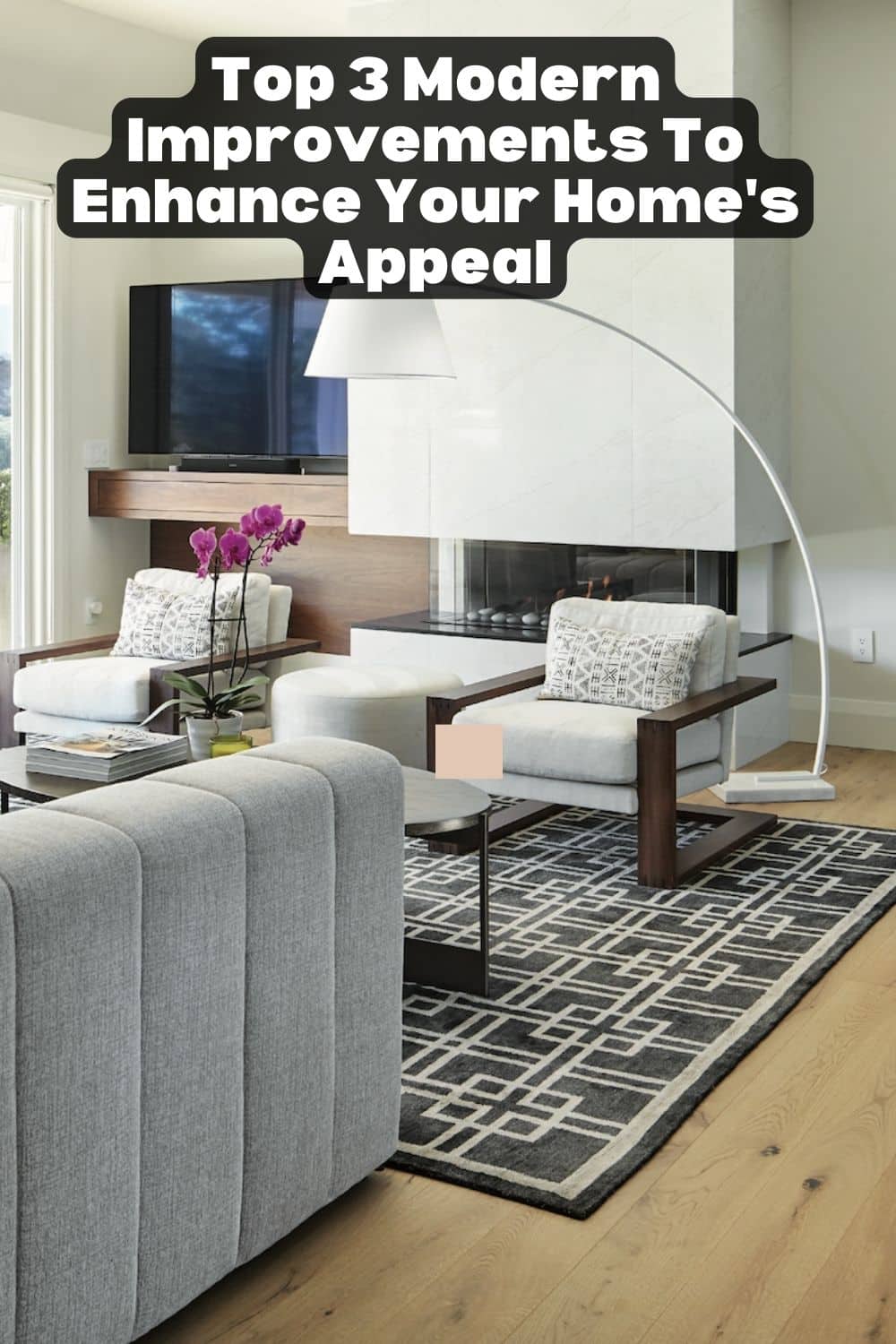There is little doubt that the environment around us is changing. More and more industries and professions are thinking about what impact that is likely to have on their lives. One industry that has rapidly changed course thanks to environmental change is home design. As weather varies, you must design your home to withstand or deal with any conditions. Creating environmental factors is now a given for interior and exterior home design. If you’re designing your home interior, here are a few of the many environmental factors to consider.
Energy consumption
With the temperature rising and falling to record numbers across the country, the reliance on heating and cooling has never been greater. This kind of energy consumption can hurt the bank balance and the environment. When designing your interiors, consider how roller blinds might help save you and the environment. With suitable window dressings, you can avoid overreliance on heating or cooling. The suitable window blind can keep heat in or out of your home, meaning you can turn off that reverse cycle machine and save the environment and your money.
Natural heating and cooling
One of the best ways to lower your impact on the environment when designing your home is insulation. Instead of looking for electronic systems to heat or cool, insulation does the job without the ongoing impact on the environment. Insulation is designed to trap heat in winter to keep the house warm and stop that heat from coming through in summer. Insulation is a great way to protect the environment during the design process of your home and beyond into the future. Consider all the places where insulation is likely to help your home, including the walls and the ceiling.
Furniture
The design of any home wouldn’t be complete without considering the furniture. When it comes to the interior design of your home, think of the environment before you open your wallet. Buying new furniture can significantly impact the environment, especially if you are buying furniture with materials that are not ethically or sustainably sourced. Take your time to find the right supplier or even consider second-hand furniture. Second-hand pieces are the best way to lower your environmental impact when considering interior design. Recycled furniture is full of character and history without the additional effects on the environment.
Solar orientation
When it comes to home design, one of the most critical factors to lower your environmental impact is considering solar and the direction your home faces. If you’re open to solar panels, it’s important to think about their orientation and which part of your home gets the most sun. There is no point in installing solar panels only to realize they sit on a shaded side of your roof and will only capture a tiny proportion of your home’s sunlight.
Before insulation, watch the sun move throughout the day and consult your installer with that information. Solar panels are a great way to lower your impact and use your own home collected energy. In addition, if you find yourself with excess energy, your energy provider will even take money off your bill for selling that excess back to the grid. It’s a win-win for you and the environment, so make solar a part of your design plans.
Materials
When designing your home, it’s essential to think about the types of materials you use and their impact on energy usage and the environment. A material’s ability to absorb energy or heat is called its thermal mass. For example, materials such as brick or concrete are great for absorbing and storing heat. These high thermal mass materials are perfect for lowering energy usage on heating. Still, they may make things a little warm in summer.
On the other hand, materials like timber have a low thermal mass as they don’t absorb or store heat well. Depending on your climate, be sure to make smart material choices to lower your reliance on heating or cooling solutions. If you opt for brick or timber, consider whether you can use recycled materials and avoid the creation of new bricks or the chopping down of more trees. Materials matter for both your back pocket and the environment, so choose wisely.
Conclusion
When designing your home, the environment should be a heavy influence when it comes to many decisions. These design decisions will impact the earth, but they also have the potential to impact your bottom line. From the materials you chose to the furniture in your home and the blinds on your windows, it all counts in the long run. So if you’re looking to make smart design decisions, don’t forget these environmental considerations in your planning today.





Leave a Reply